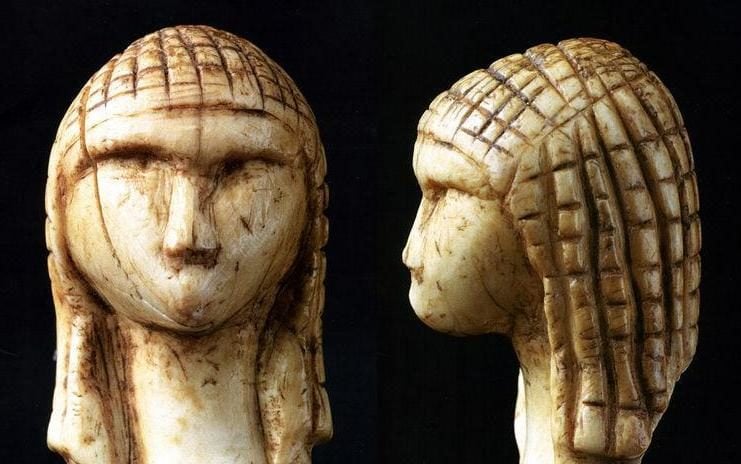
Investigations undertaken recently by researchers into the DNA of hunter-gatherers who lived in Europe during the last Ice Age provide the most in-depth information regarding their migrations so far.
Researchers were able to reconstruct population movements throughout Eurasia between 5,000 and 35,000 years ago by examining DNA samples from 356 hunter-gatherers, including fresh data for 116 people from 14 nations in western and central Eurasia.
The results, which were published in the journal Nature, shed light on how some tribes managed to survive during the time when glaciers covered a significant portion of the area.
The co-author of studies and a paleogeneticist at the Max Planck Institute for Evolutionary Anthropology in Germany, Vanessa Villalba-Mouco, said, “We are finally understanding the dynamics of European hunter-gatherers.”
DNA: Two Different Genetic Ancestries Instead of One in Europe
The initial research indicated that two genetically separate Gravettian populations were connected with the same civilization. One of them was in western Europe and the other in southern Europe.
The researchers made this discovery by studying the DNA of individuals who belonged to the Gravettian civilization. The Gravettian society was comprised of mammoth hunters who established their homes in caves or shelters constructed from the bones of large animals.
Mateja Hajdinjak, a paleogeneticist at the Max Planck Institute for Evolutionary Anthropology, said, “What we previously thought was one genetic ancestry in Europe turned out to be two.”
Jennifer French, who is an archaeologist at the University of Liverpool in England, stated, “This genetic data shows we’ve oversimplified what was going on in terms of population interaction. It provides a lot more nuance than we’ve been able to with archaeological data alone.”
Route of Western Gravettians
According to an article published in Nature, researchers discovered that the western Gravettians weathered the Last Glacial Maximum by seeking sanctuary on the Iberian Peninsula in the southwest of Europe.
Following that, they moved across the continent to a location farther to the northeast. The second research examined fossilized teeth that were 23,000 years old and found that they had genetic characteristics of western Gravettians.
The southern community of Gravettians, on the other hand, vanished during the Last Glacial Maximum and was supplanted by a group from the Balkans known as the Villabruna.
Ancient DNA Reveals History of Hunter-Gatherers in Europe pic.twitter.com/hHGgVC348O
— ronaldo (@ronaldoninal623) March 1, 2023
14,000 years ago, this new group began to move from the south over the rest of Europe, where they eventually interbred with the population that had already migrated across Europe from Iberia. A new hybrid population emerged as the dominant one when woodlands expanded across the continent at the same time as the temperature warmed.
According to Cosimo Posth, a paleogeneticist at the University of Tübingen in Germany and a co-author of both publications, these individuals were better at hunting in the woods. The findings provide more nuanced insights into the complex groups that lived in Europe.
Anaïs Luiza Vignoles, an archaeologist at the University of Paris, called the results “groundbreaking”, and said they help explain slight cultural differences between Gravettian populations in different regions.
See all the latest news from Greece and the world at Greekreporter.com. Contact our newsroom to report an update or send your story, photos and videos. Follow GR on Google News and subscribe here to our daily email!



